
On Presidents’ Day, let's talk about women
It has been 135 years since the first celebration of Presidents’ Day, and the U.S. is yet to have a female head of state.
More than two hundred years have passed since George Washington became the first President of the United States of America. Fast forward to this century and Donald Trump is the 45th head of state, with zero female presidents in between.
That means the US is one of 76 countries, out of 146, that has never put a woman in charge.
But things look different going forward.
In 2020, there are more women running for a single party’s nomination than ever before, making this year be known as “The Year of the Woman” —and we are only two months in.
According to the Center for American Women and Politics (CAWP), there has never been more than two female candidates running for the presidential nomination of the Democratic or Republican parties at the same time, until this election cycle.
With Democratic senators Amy Klobuchar of Minnesota, Elizabeth Warren of Massachusetts and Hawaii rep Tulsi Gabbard on the ballot for the Nevada caucuses, times are and have been changing.
Before the “Year of the Woman”, there was the 2018 midterm elections; where, more women and more people of color than ever before were elected to Congress, changing the political reality of the nation.
By 2019, a Lean In poll showed that 53% of registered voters are either "very ready" or "extremely ready" for a woman president.
That’s an 8% increase from the 2018 Pew Research Center survey that found that four-in-ten Americans — 38% men, 51% women —claimed to personally hope a woman would be elected president in their lifetimes.
But the number increases when personal feelings are left aside, with 68% of Americans thinking there would be a U.S. elected female president in their lifetime, whether they agree with it or not.
The situation gets more complex when considering women of color.
The 2020 election cycle originally included California senator candidate Kamala Harris. She and current candidate Tulsi Gabbard were the only two women of color out of 32 candidates.
According to the Barbara Lee Family Foundation, race and ethnicity still play a big role in how voters see a candidate. For women especially, party affiliation, race, and sexual orientation still heavily influence what voters think of the candidate.
“While most focus group participants say a candidate’s race or ethnicity does not impact how qualified they seem, some push back on discussing the race or ethnicity of the candidate, asking a variation of the question: ‘Why do we need to know that?’ ” says the Foundation report.
It causes voters to either disregard the race of a candidate of color or question how much they belong to said group, like what happened to Kamala Harris when people said she wasn't “black enough.”
RELATED CONTENT
These added layers to being a woman of color in politics have made it so, to date, just 33 women of color - 24 Democrats and 9 Republicans, have served in nationwide elected offices.
Despite the fact that we have lived to see the most diverse Congress in the history of the nation, women as a whole remain less than 25% of candidates on primary ballots.
That can be due to the fact that girls are 21% less likely to be encouraged to have a career in politics than boys, or because 13% of the American population still believes that women are less emotionally suited for politics than men.
Either way, history has shown that the way women are seen in politics depends on the socio-cultural construct of the moment.
While in 2018, people celebrated the gender diversity of women in Congress, in 2020, people worry a female candidate will become President Trump runner-up again instead of president herself.
In reflection, The New York Times asked a 68-year-old, Becky Kakac, if she would like to see a woman president in her lifetime.
“I’m not sure this is our year. We have to win the country and that is one of the reasons I’m leaning toward Joe Biden,” Kakac said. “That was one of the problems with the Hillary candidacy, thinking that a woman president would be elected after our first African-American president. That was a little too much to ask.”
Kakac is not alone in her concern. According to Lean In, ahead to the 2020 general election, when compared with a male candidate, 58% of voters think it would be either much harder, moderately harder or slightly harder for a woman to win against Donald Trump. Twenty-four percent think it would be much harder.
But just like Sen. Patty Murray once said when talking about Kamala Harris, “the fact that a woman hasn’t won yet does not mean that a woman cannot win.”


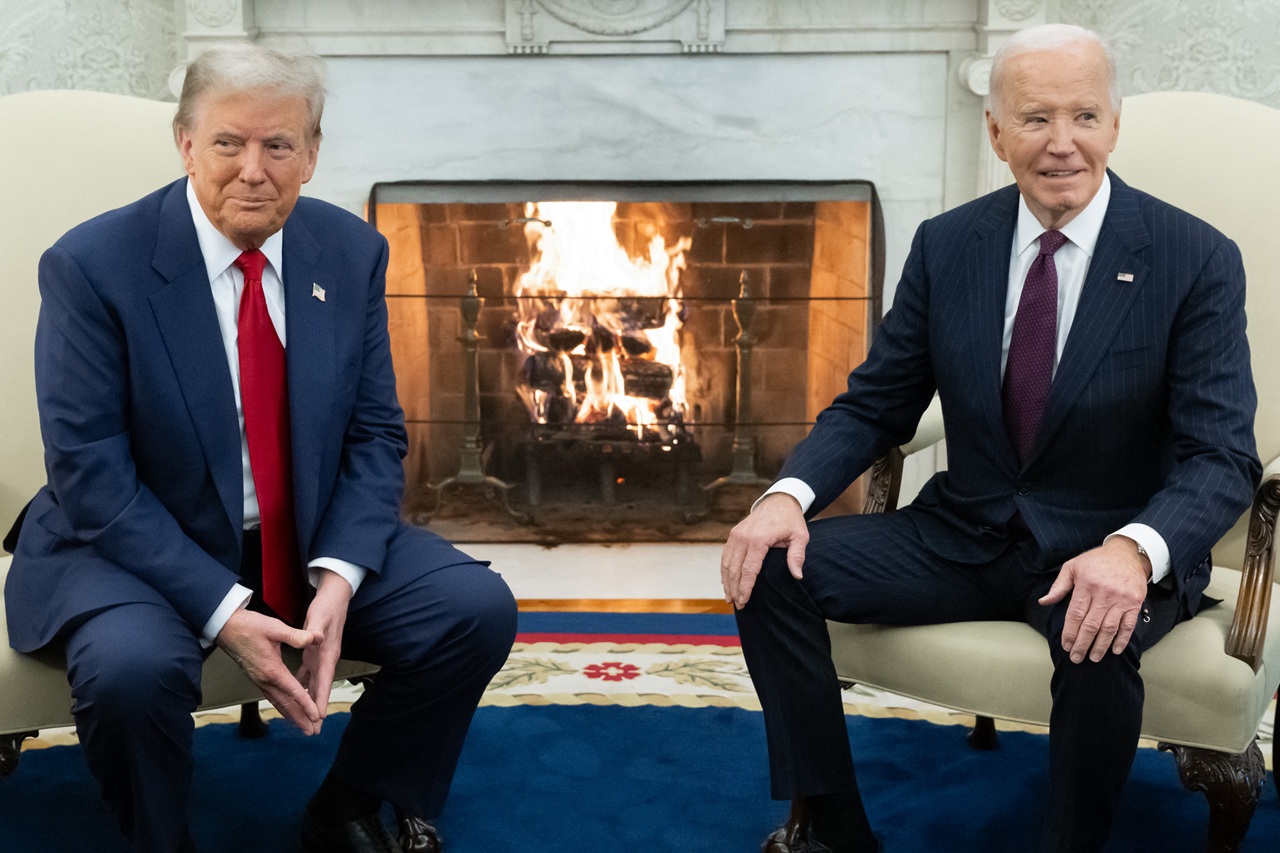

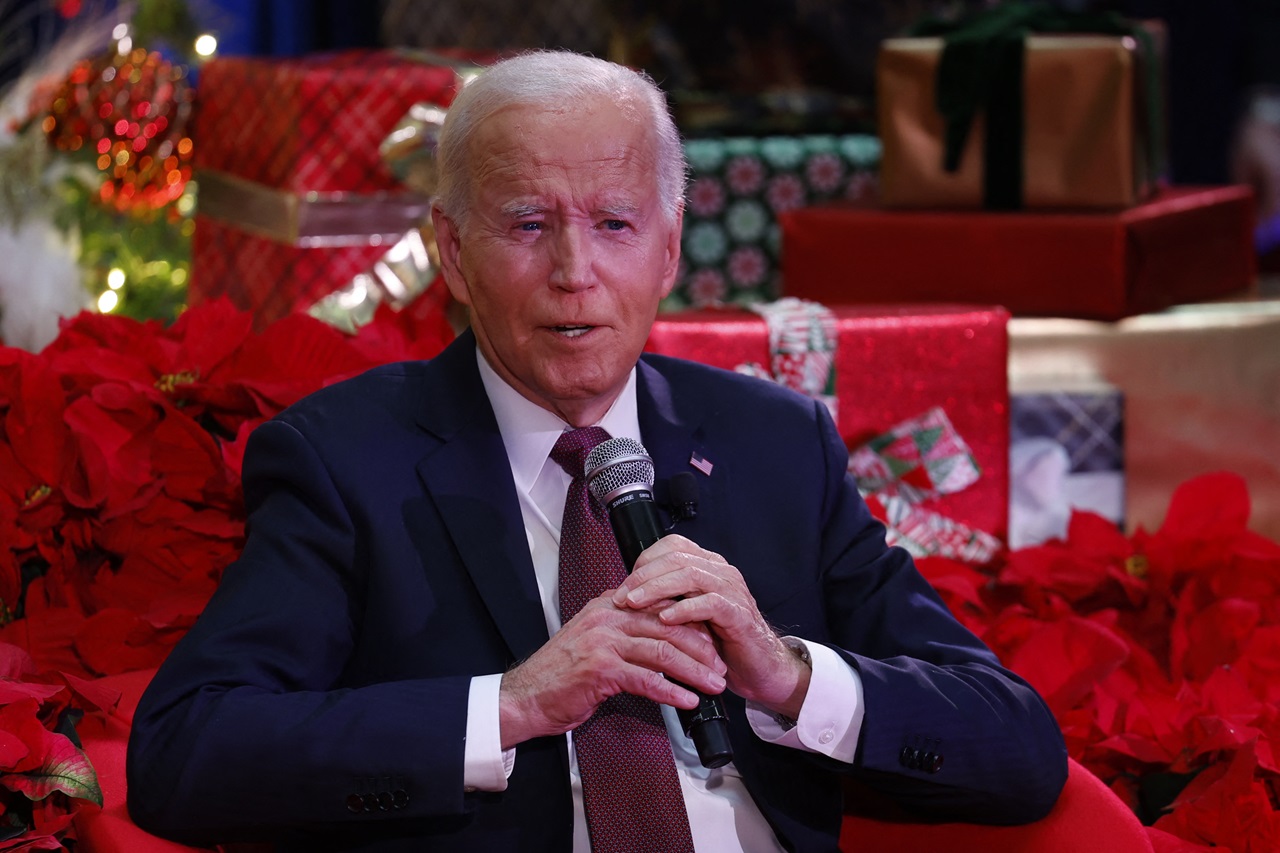
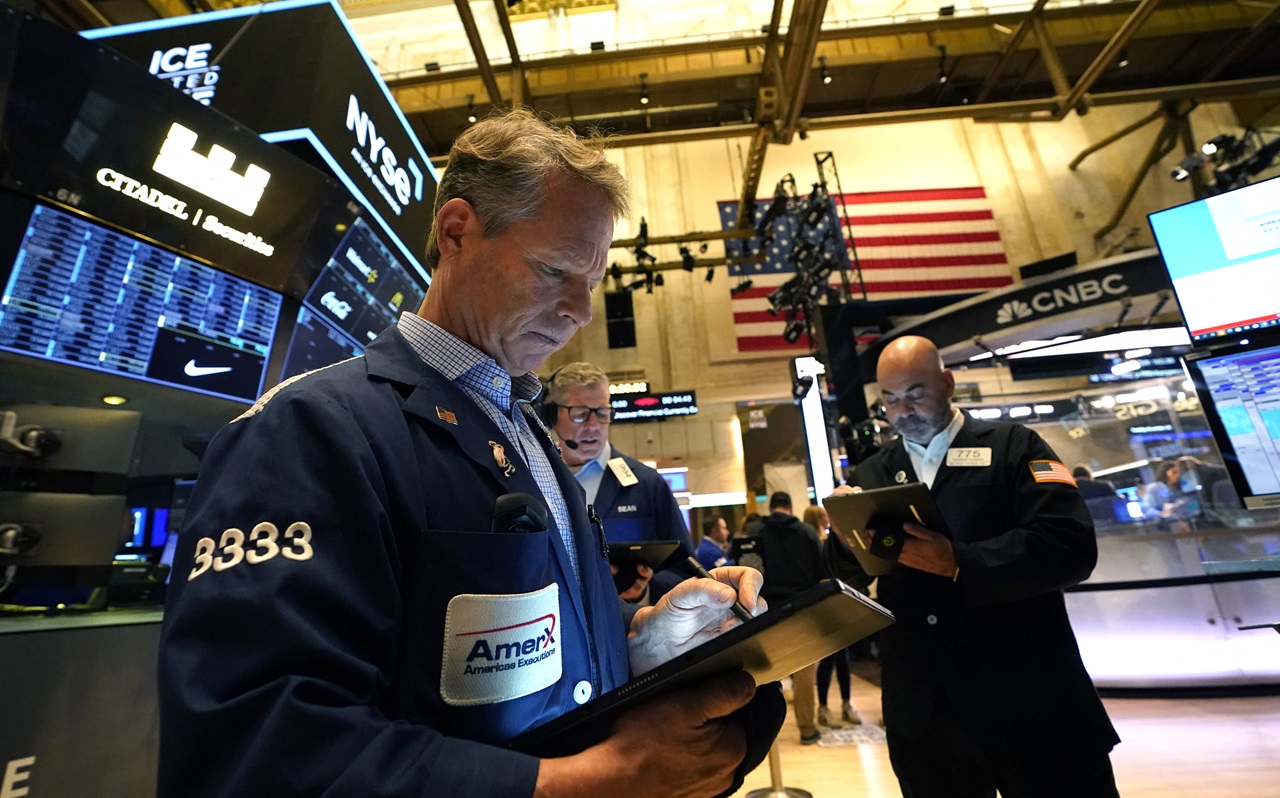
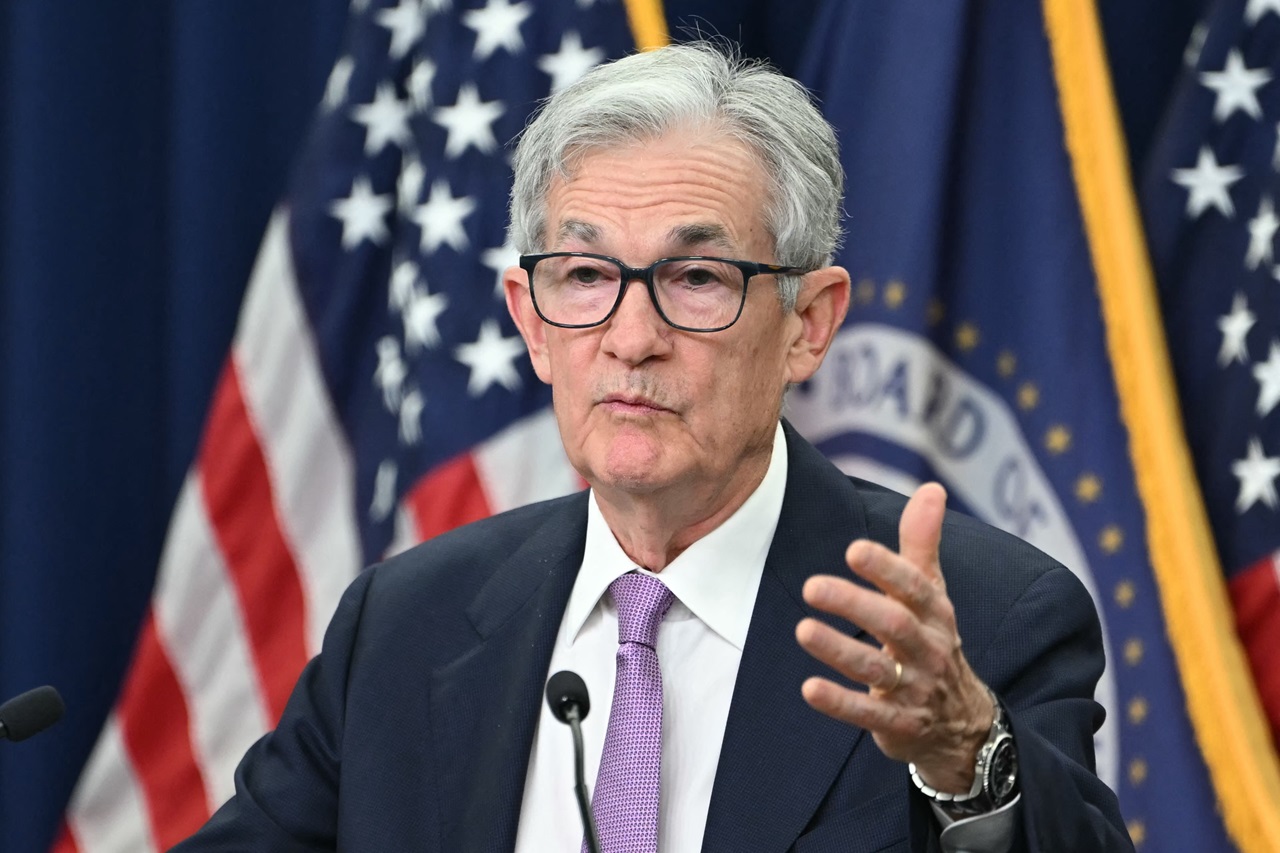
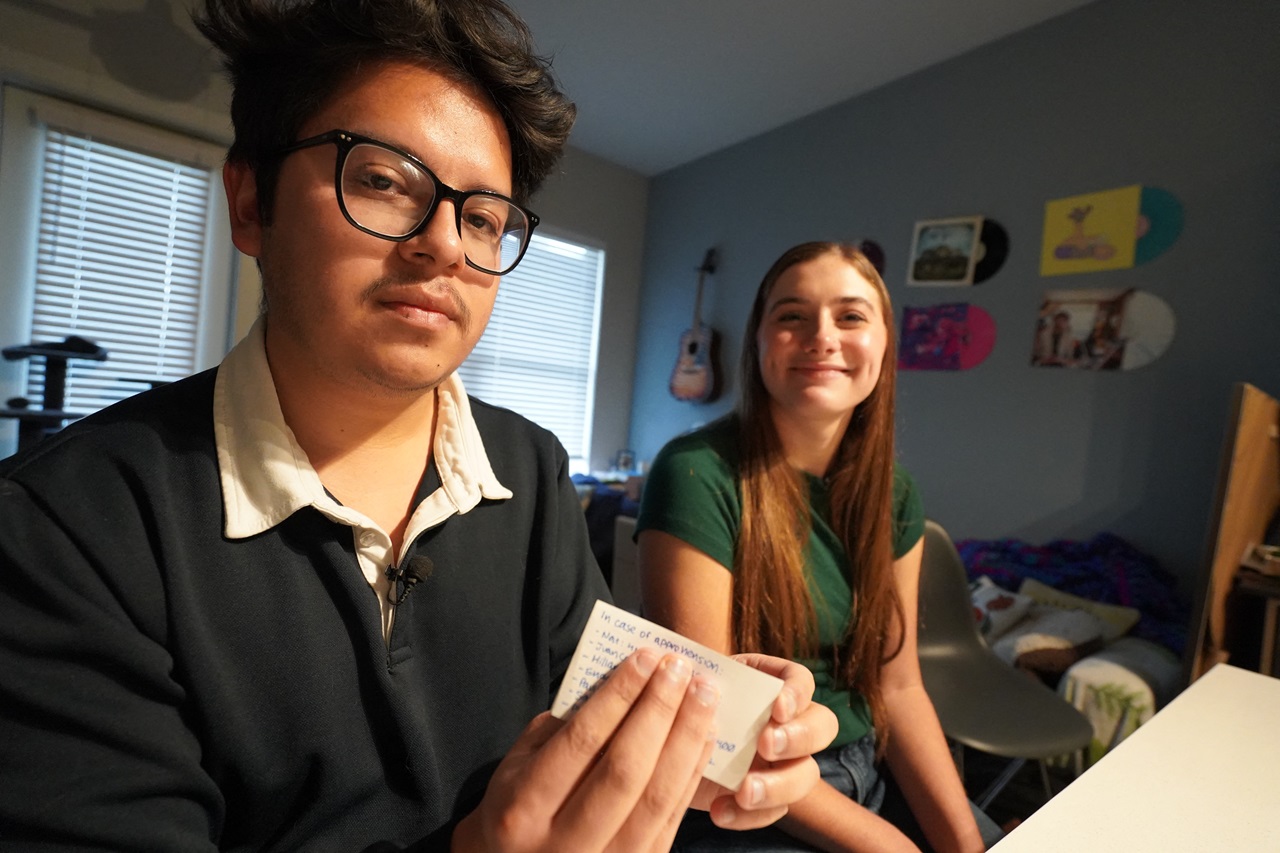
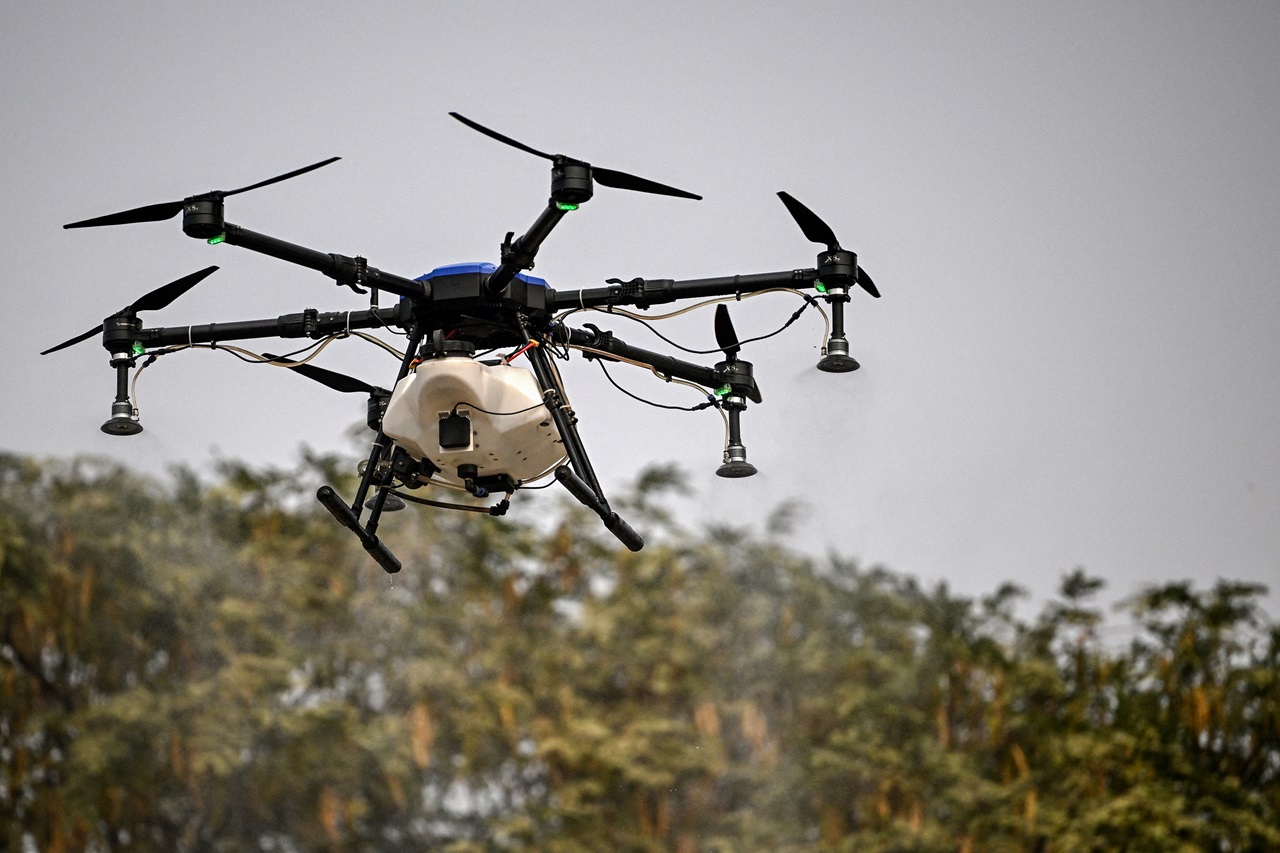


LEAVE A COMMENT:
Join the discussion! Leave a comment.